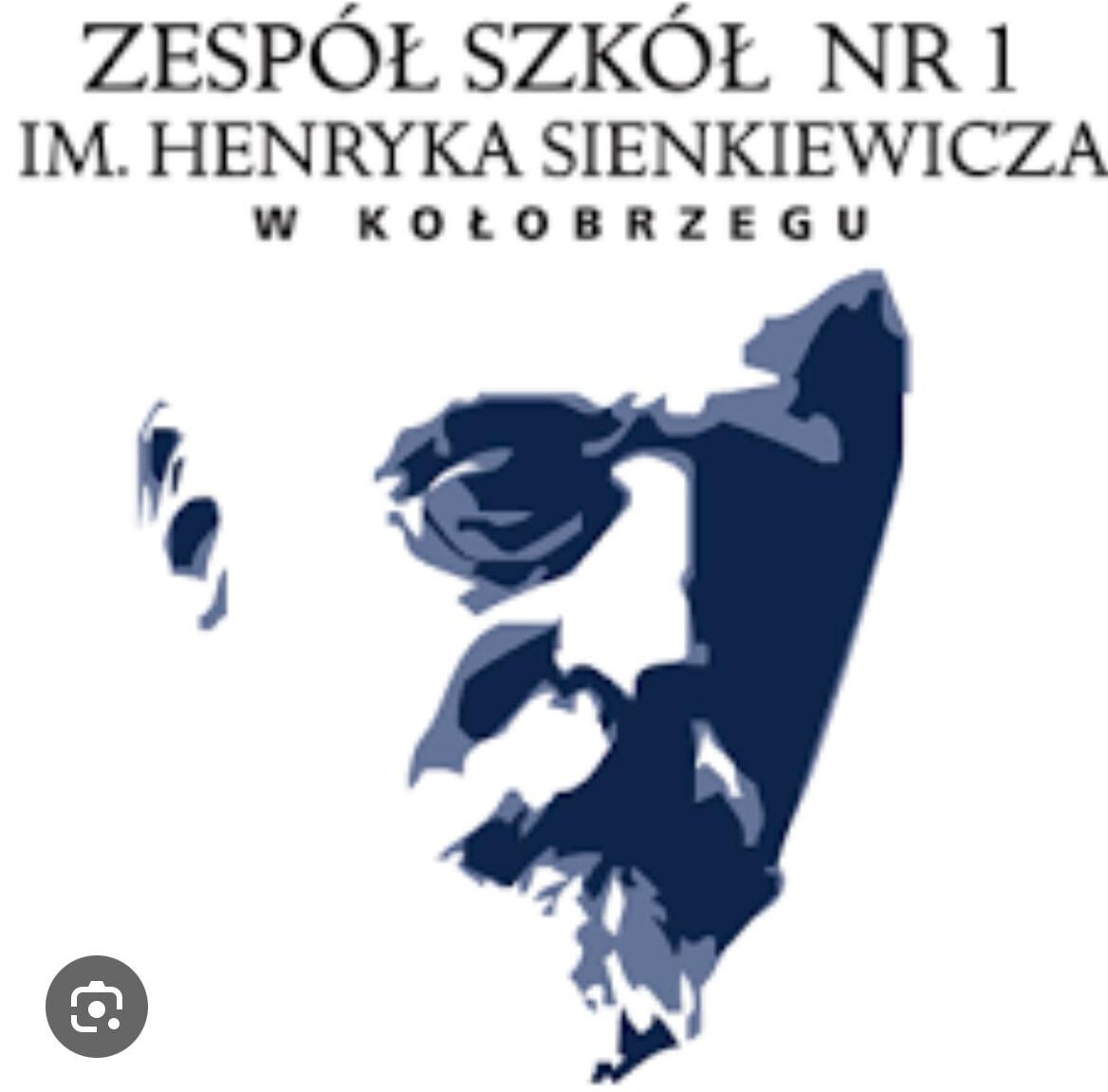

Recently, we have observed a growing interest among young people in the effects of using 3D glasses. VR (virtual reality) and AR (augmented reality) are not only popular due to their attractive and interactive nature, but also because they allow students to engage more deeply in the learning process. Moreover, students are eager not just to use ready-made models but also to create their own projects, which can be used not only for our project but also for other subjects such as biology, mathematics, geography, chemistry, history, and physical education.
Many students see the great potential of VR and AR tools, which can be used in a wide range of contexts—from recreating historical sites to simulating chemical and biological processes. Integrating these technologies into everyday teaching can radically change the way we acquire knowledge, learning through interaction with virtual models instead of relying solely on theory or flat images.
1. Biology
With VR technology, students can „enter” the human body, exploring organs, systems, and their functioning with unprecedented detail. AR tools, on the other hand, can overlay images of organs onto physical models or textbooks, making it easier to understand complex topics such as cellular processes or anatomy.
2. Mathematics
Geometry, especially in three dimensions, is often a challenge for students. AR allows for spatial models to be superimposed on flat surfaces, helping students better understand concepts like volume, surface area, and proportions.
3. Geography
Traveling to distant places can be costly and time-consuming, but thanks to VR, students can explore virtual countries, learning about their geography, history, and culture. AR, in turn, can enhance traditional maps with additional information such as demographic, climatic, or political data.
4. Chemistry
3D molecular models can be difficult to comprehend on paper, but with VR, students can explore chemical structures in space, observing reactions in an interactive way. This not only helps to understand complex processes but also increases interest in the subject.
5. History
One of the most exciting applications of VR in history lessons is the ability to „travel back in time.” Students can virtually visit ancient civilizations, historic battlefields, or significant events such as the signing of important treaties. AR, on the other hand, can overlay historical artefacts or figures onto the classroom, helping students better visualize and understand the past.
6. Physical Education (PE)
In physical education, VR and AR can be used to enhance students’ understanding of physical movements and techniques. VR allows students to participate in virtual sports environments, where they can practice skills like coordination, balance, and strategy in various sports without needing special equipment. AR can be used to analyse students’ movements in real time, providing immediate feedback and suggestions for improvement. This technology can also introduce students to new sports and activities from around the world, broadening their physical education experience.
These technologies allow students to gain a deeper understanding of abstract concepts, increase their engagement and motivation to learn, and develop critical thinking and collaboration skills. VR and AR tools not only make the learning process more attractive, but most importantly, they serve as an effective method for achieving educational goals.
Funded by the European Union. Views and opinions expressed are however those of the author(s) only and do not necessarily reflect those of the European Union or the European Education and ANPCDEFP. Neither the European Union nor ANPCDEFP can be held responsible for them.




You could definitely see your expertise within the article you write.
The world hopes for even more passionate writers like you
who aren’t afraid to say how they believe. All the time
follow your heart.